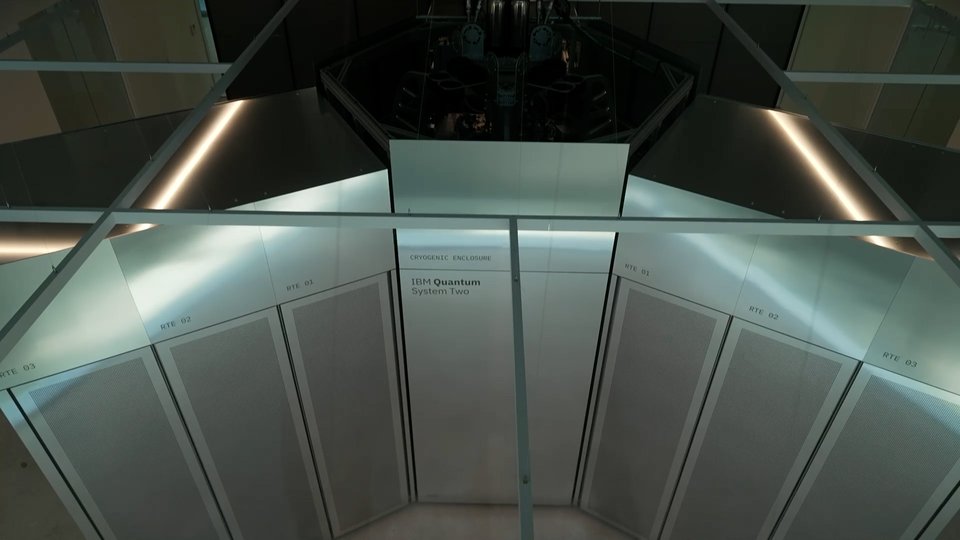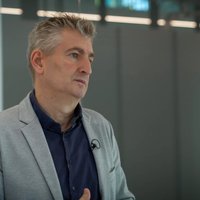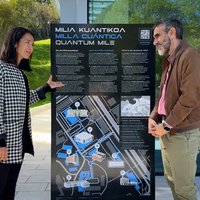New solar panels
Without a doubt, the most impressive images of the Mohawk Indians; what an ability to walk calmly on the facades of skyscrapers,
so close to the sun. Let’s talk about the sun, about solar energy. In the next report, we present a new solar panel system developed by the Ingeteam group.
Any Sunday where there is a football match in Pamplona. Health fans are starting to
warm up. Not only the fans, but also Reyno de Navarra. In fact, the heat of the Sun, and especially the light, puts the solar panels on the roof of the football field to work. In reality,
the panels do not respond directly to the need for electricity on the football field, but indirectly. The electrical energy they generate during the day is sent to the general electricity grid, which on the other hand takes the electricity needed by the football field from the grid. At the same time, the football field is a producer and a consumer, and in the end an energy and economic balance will be made. Some of the data from this balance will also be visible to fans on the
scoreboard. Eneko Imaz Amiano, Elhuyar Foundation: This installation has been developed at the headquarters of Ingeteam in Pamplona. it is a three-phase installation of 75 kW. But let's see what that means and how they got to this.
All solar panels convert sunlight or irradiation into electricity. When the light acts on the panel, it creates the circulation of electrons, which is the electric current.This current is direct, that is, the electrons always move in the same direction. This is the kind of electrical power that a battery produces. Our power grid,
however, is based on alternating current, so it is necessary to install converters or inverters to convert the direct current generated in the panel into alternating current.
Mikel Borrega, from Ingeteam.
The inverter is provided as an oscillating switch. By opening the switch to one side or the other, the electrons in the circuit will move to one side or the other, and this back-and-forth will be transported as a wave in the electrical conductor. Thus, the direct current becomes alternating. When this
is done only, the current will have a single phase: it will be a single-phase alternating current that will be transported by a single wire. This is what is used in homes.
And so are the photovoltaic installations that we see in homes, farms or orchards, among other things, because only these have been subsidized so far. These are typically small plants, up to 5 kW, which produce single-phase alternating current. And that’s mostly what Ingeteam has produced.
Mikel Borrega, from Ingeteam.
This change for large installations, however, is not simply a change in size. In fact, legally, if you want to access the grid more than 5 kW, the current must be a three-phase alternating and not a single-phase alternating current.
And to achieve this, it is necessary to install three inverters. All three generate a current of the same frequency, but experience a small phase shift in time. In this way, a three-phase alternating current will be generated, which consists of three
phases. In reality, making and placing the inverter for the three-phase is more expensive, but it is also advantageous in that the power generated is increased. That is why it is economically interesting to make solar panels that produce more than 5 kW. The football field of health, for example.
On the football field, they are delighted; Health takes advantage of
the opponent. It has advantages to achieve a production greater than 5 kW, despite working in three-phase, but technological obligations are also greater. For
example, the power generated by the panel varies with temperature, orientation, and irradiation. This power is the product of voltage and current and is represented by the área on the graph. If the conditions change, the voltage also changes and stable power is not obtained. This can become
a problem when high powers are generated, which is why Ingeteam has designed and produced an inverter that constantly searches for the maximum power point and places them in its facilities. In this way, they make the power that is produced stable.
Mikel Borrega, from Ingeteam.
Currently, Ingeteam manufactures panels to produce as much as 500 kW, 6 times that of football pitch. Being so large, they divide the plates into four 125 kW modules. Thus, instead of having one inverter, they have four, all with constant maximum power trackers, and the situation can be controlled in more detail. Even if a fault occurs, only part of the installation will remain during repair, not all, and the production reduction is lower.
Meanwhile, the Health match has come to an end; they have won both in terms of sport and energy.
Buletina
Bidali zure helbide elektronikoa eta jaso asteroko buletina zure sarrera-ontzian










